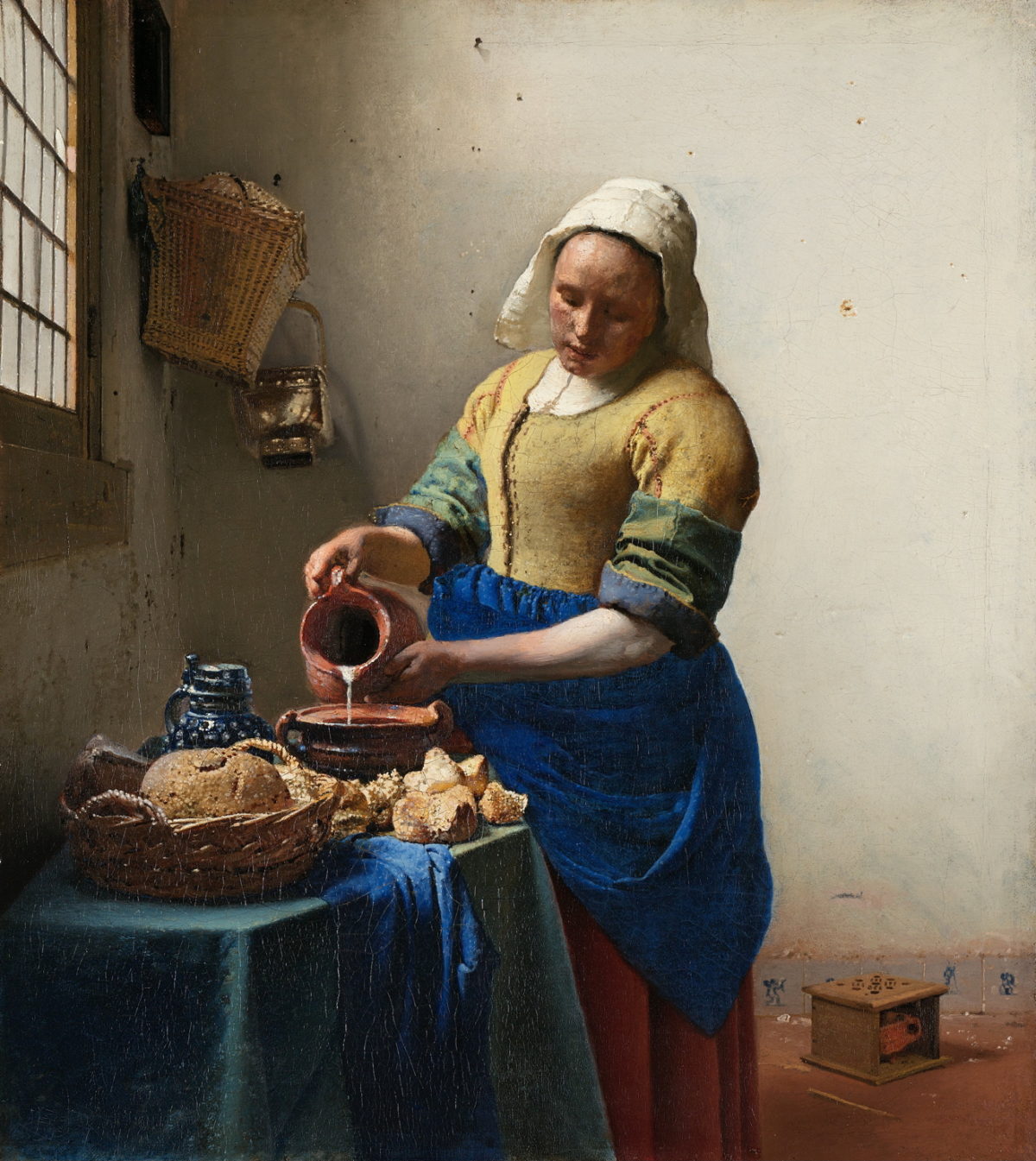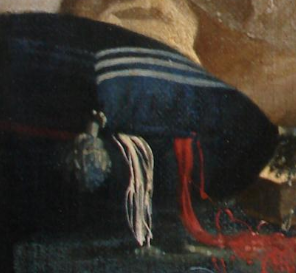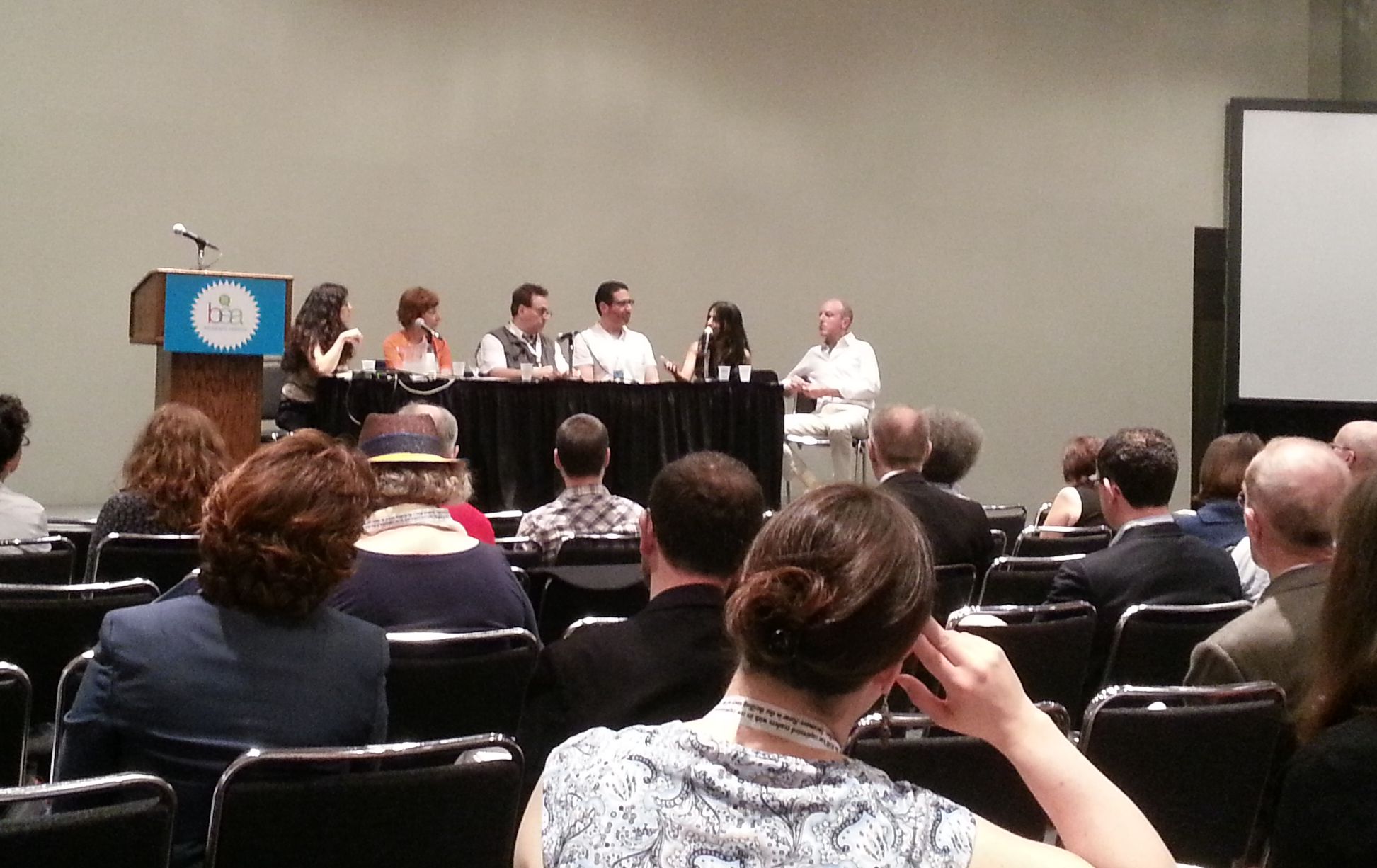You have to be pretty stupid to date during the pandemic. You have to pretend that everything is fine and splashy — even when it turns out that your date is a hateful and sour critic from Pitchfork who has never felt a single emotion in her adult life, a writer now wasting her formative years taking out her failings and resentments on beloved pop music albums. I suppose that this is what some people in New York call earning a living.
Still, I decided to give Anna Gaca a try in my own capacity as a professional critic. Some may argue that dating is way too personal of an experience to warrant a snarky review. Still, if Lorde could bare her heart and soul on Solar Power and be attacked for her vulnerability, why then not apply the same rude and ruthless approach to dating a music critic? In the interest of full disclosure, I was paid $600 by Chuck Woolery, with the understanding that Mr. Woolery himself would give me a call the next morning and chortle “two and two” over the phone in his ongoing attempts to prove his relevancy.
Gaca and I met in a slightly divey gastropub on the edge of Prospect Heights. I picked a round wooden table adjacent to an open window, positioning myself so that the light would accentuate my best side and I would appear thoughtful and approachable. I slowly sipped on a pint of eight dollar lager to uphold my masculinity. Gaca showed up ten minutes late with a decided “I just woke up in Bushwick and put something random on” vibe. She was clearly unprepared for the date, although I recognized her look of performative impoverishment from pictures I had seen of her on the Internet.
There was a time in which a date with a Pitchfork contributor was a monument years in the making, but, on my date with her, Gaca asked me to be satisfied with everyday beauty. When I stood up to say hello and offer a pre-conversational hug, sniffing up the gastropub’s jasmine air, Gaca punched me in the face and loosened one of my bicuspids. “I’m only here because of Chuck,” she said. Fair enough. If it had not been for Mr. Woolery’s ongoing campaign to steal back his hosting job from Andy Cohen, the two of us clearly wouldn’t be there. Gaca appeared to be emulating the pugilism of early-1990s riot grrrl bands, but without any of the subtle hooks of Bikini Kill or Heavens to Betsy. Her blunt uppercut to my jaw was, shortly after I recovered from the painful sting, without the vibrancy of purposeful fourth-wave feminism. No startling changeups. Not even an improvised kick to the shin. Just a mild act of distracting violence intended to disguise the truth that Gaca wasn’t very interesting at all.
Gaca wore a faded gray Bernie Sanders T-shirt, a wool coat that Gaca described as “twee as fuck” (in the summer?), and her bangs, as I anticipated, dangled below her eyes with a slovenly recklessness, cloaked by onyx sunglasses that suggested one too many lines snorted up her beak the night before. Imagine someone who had studied Diane Keaton circa 1975 a little too closely and mish-mashed this aesthetic with the disheveled garb of a starving Pratt student heavily into Gothic punk and you have some idea of the walking sartorial disaster known as Anna Gaca.
Gaca then handed me a tracklist. The date was apparently going to be divided into seventeen songs. I appreciated this self-aware, scaled-back approach to dating. It had the makings of a meaningful concept album, but was very disappointing in the execution. Gaca’s first track was “Let Me Tell You About Myself,” a tedious trance-like number in which Gaca relied too much on stilted hand gestures while offering general details about her interests. Lots of cliched talk about preferred television shows, memes, and, strangely enough, real estate. It was all very tedious. But then Gaca has been putting out material like this for several years. Longtime Gaca collaborator Puja Patel’s sinister influence was all over this track, as Gaca droned on and on about how Pitchfork was a force to be feared.
The sheer pretentiousness of this opening track could not prepare me for the blathering second track, “I Drink to Avoid My Problems,” which Gaca performed noisily while downing two vodka shots. I had seen such casual alcoholism before and had been there many times myself. But there was nothing especially interesting here. Gaca cleaved to this dirge of self-loathing and self-pity with all the inflexibility of a hot yoga teacher refusing to crack open the window on a summer day. Several people in the bar offered me looks of remorse and sympathy.
The most promising track on the Gaca date was “I’m Going to Tell You Something Personal,” in which Gaca briefly opened up about herself. Some story involving a turtle in third grade that I found slightly moving. Even so, the track’s late placement wasn’t enough to salvage her disastrous set. To date Gaca is to not feel a tug on your sleeve or a stare directly into your eyes. As a potential lover, Gaca feels like she’s doing far less than she’s capable of.
When I went to pay the bill, I couldn’t help but feel an overwhelming sense of disappointment. So many promising women in Brooklyn to date and I had to endure a pedestrian misanthrope? Had I really landed into some trouble with my dentist over a potential romance as dull and as tepid as Gaca? When I told Mr. Woolery about what had happened the next morning, his forceful chortle was a lonely bleat adding yet another layer to my COVID-enhanced depression. The implication you get on a date with Gaca is that she does not want to do this, not like this, forever; that true happiness is beyond her understanding, no matter how many times she drops chintzy phrases like “deep blue shadow over the water” in her overwrought, purposeless, and mean-spirited writing.




